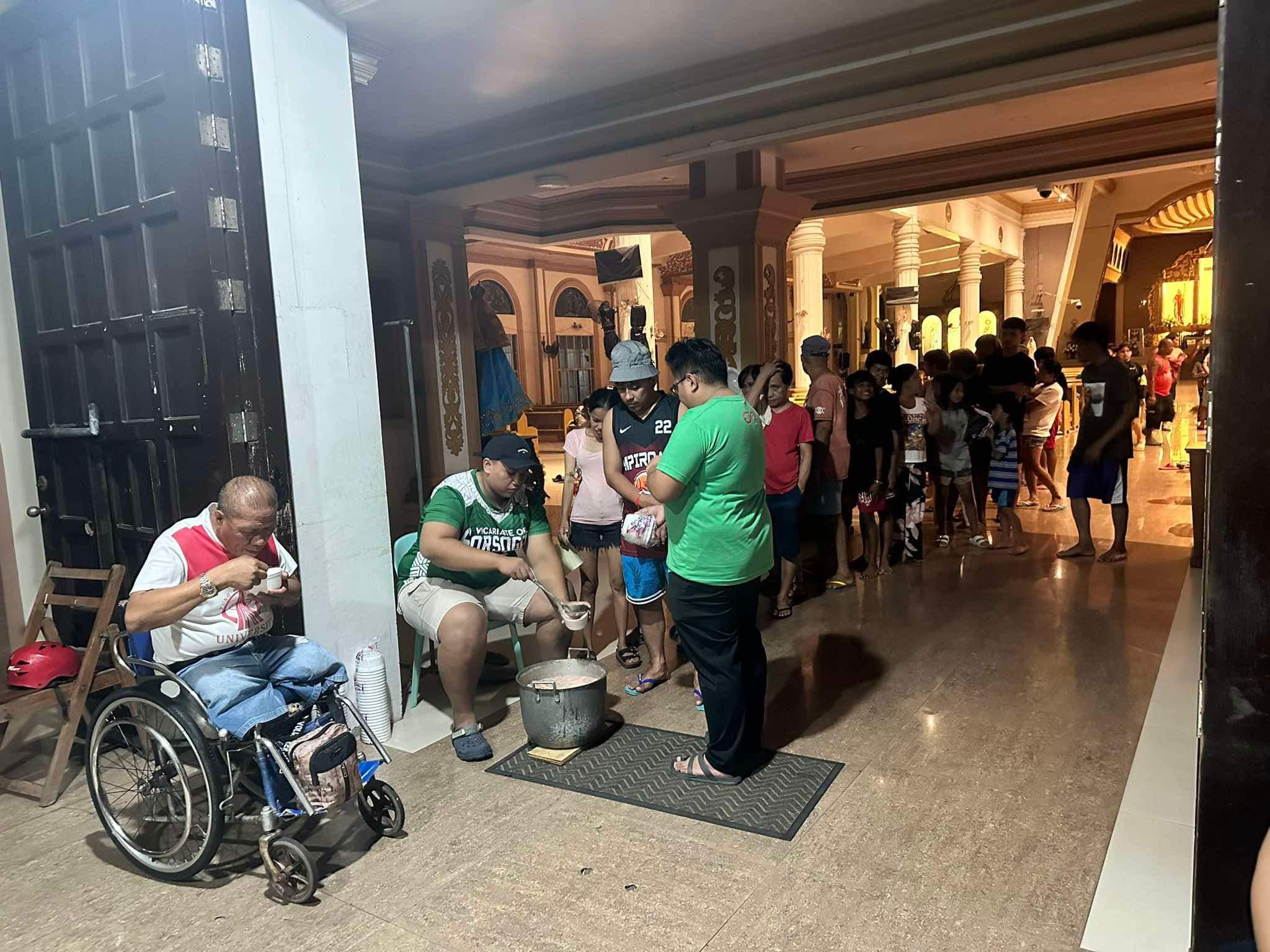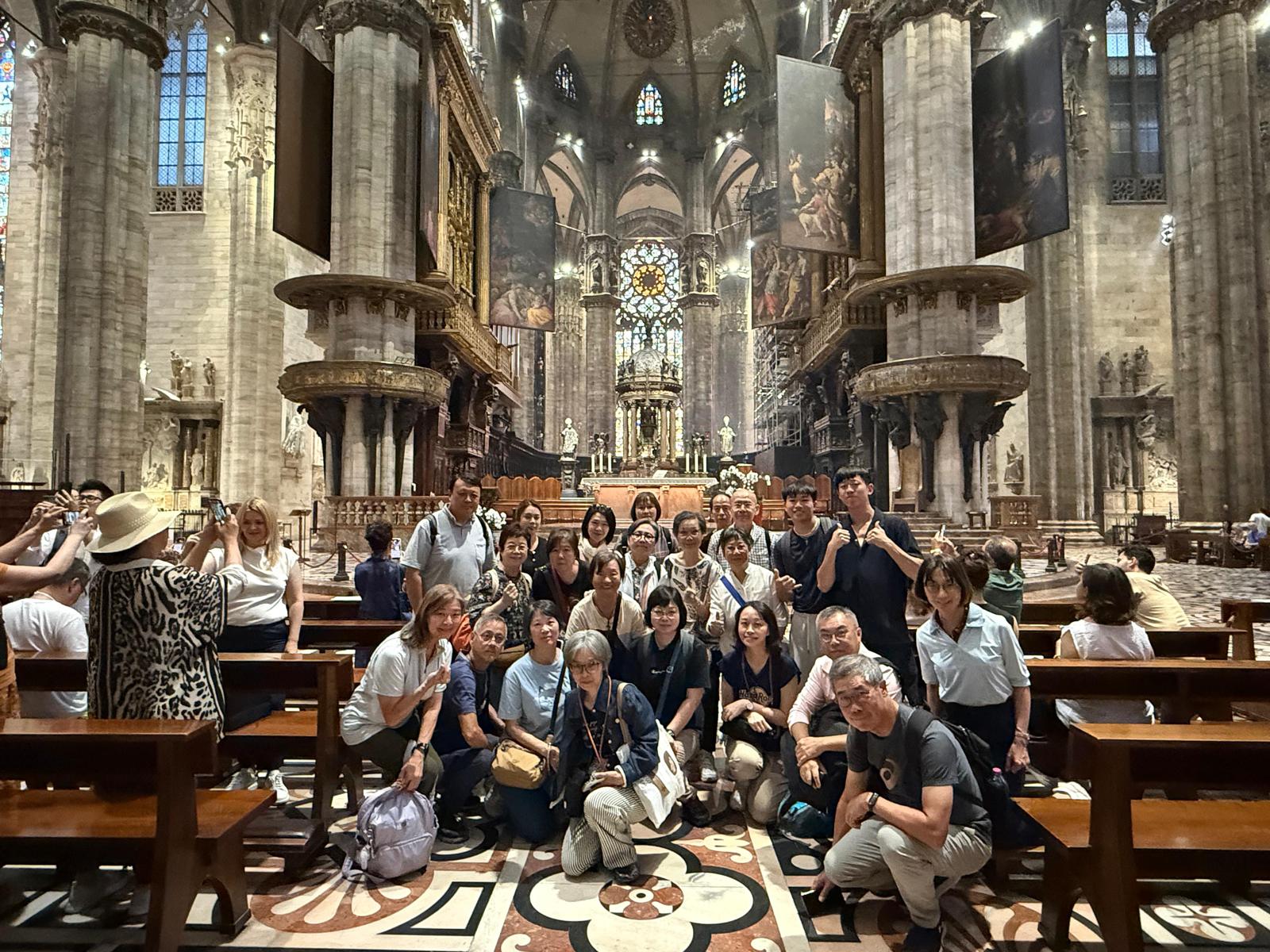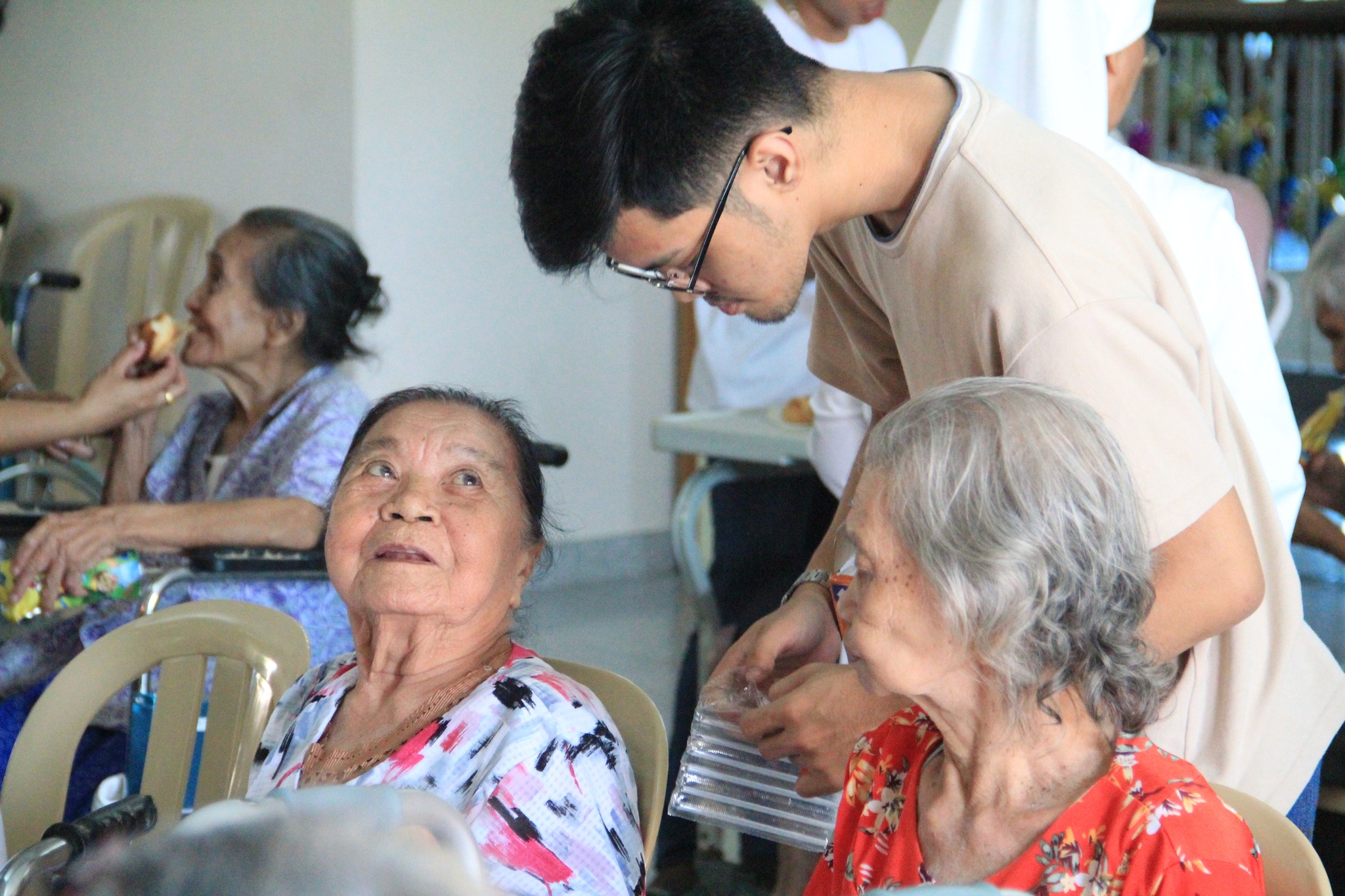CEBU, PHILIPPINES
GUNMAN SHOT AND KILLED BY POLICE AT FILIPINO ARCHBISHOP’S RESIDENCE
(CNA/EWTN News) A gunman was fatally shot by police after he forced his way into the residence of Archbishop Jose Palma of Cebu on Tuesday morning and sought to speak to the absent bishop. The archbishop had been out of town in Manila for a plenary assembly of the Catholic Bishops’ Conference of the Philippines and was traveling for a bishop’s ordination.
The suspected gunman, Jeffrey Cañedo, showed unusual behavior in his conversations with staff. “He was asked if he needed anything or if he needed to see a priest but he seemed to be, his disposition was a bit suspicious. He was not coherent with his answers, he was talking about different things,” Fr. Tan said. This behavior prompted them to call police, CBCP News reports. When police tried to approach him, he was not cooperative. He drew a gun and fired at them, prompting police to return fire.
The man’s body was blessed by Auxiliary Bishop of Cebu Dennis Villarojo before it was brought to the morgue. Fr. Tan told the news site Rappler that the archbishop is in contact with the deceased man’s father. At the time of the incident, priests in charge of archdiocesan youth ministry were meeting at the archbishop’s residence. “There is no known prior threat to the Archbishop of Cebu. We call for prayer that peace may be restored,” Fr. Tan added.
ROME
AS SECULARISM MOUNTS, VATICAN TRIES TO RESCUE ABANDONED CHURCHES
(Crux) We’re all familiar with the secularization that’s swept over the West, alienating many from the Catholic faith and leaving empty pews in its wake. What’s less discussed is the fate of churches, parishes and basilicas faced with economic challenges and scarce attendance.
Vatican officials on Tuesday set out to rescue these forgotten religious sites, and the artistic and sacred treasures they contain, by issuing guidelines on how to address their disposition. “You see it in the parish priest who is in difficulty and doesn’t know what to do, creating gelato shops, garages, pubs, or even worse,” he added.
The cardinal referred to a case in the Czech Republic where a Catholic church was transformed into a night club, but there are many others. The Dominican Selexyz Church in the Netherlands today hosts a library and cafeteria. The Church of San Lorenzo in Venice, Italy, is now a concert hall. The Church of Santa Barbara in Llanera in Spain has been refurbished with psychedelic art to welcome skateboarders.
While in these cases churches maintained at least the power to unite the community and bring people together, in many others, spiritual spaces are left in disrepair or forgotten. That’s why the Vatican’s Pontifical Council for Culture, the Italian Bishops’ Conference (CEI) and the Gregorian University in Rome have called for an international congress next November 29-30 called, “Does God not live here anymore? Disposal of places of worship and integrated management of ecclesiastical cultural assets,” to be held at the Jesuit-run campus.
Given the massive scope of Church properties around the world, it comes as no surprise that there’s no exact number of struggling and abandoned churches. Secularization, a decrease in vocations and economic mismanagement have led to significant challenges for many parishes worldwide, and speakers at the press event said that the problem exists in many countries.
“We have registered an extraordinary interest by the bishops of various countries,” Ravasi said. The congress aims at presenting guidelines on the disposal and reutilizations of the Church’s patrimony. In the next few weeks, delegates from bishops’ conferences in Europe, North America and Oceania will discuss and approve the document.
NEW YORK
PHILLY NUN BATTLES SEX TRAFFICKING ON THE STREETS OF AMERICA
(Crux) Sister Kathleen Coll is the executive director of Dawn’s Place, a Philadelphia safe-house for victims and survivors of sex trafficking. Coll, who is a Sister of St. Joseph of Philadelphia, attributes her passion for fighting for social justice to both her mother and her work in inner-city schools.
One year after graduating high school in Philly, where she was born and raised, Coll joined the very same order that taught her in grade school. Upon first joining their ranks, it was her turn to have a go at teaching, initially in Philadelphia and then in the nation’s capital.
“I think it was realizing the plight of African Americans in our own country that drove my quest for justice,” Coll told Crux. After working in the schools and then with teenagers in the heart of Philadelphia, Coll became the social justice coordinator for her Congregation, where she attended a workshop organized by the U.S. Conference of Catholic Bishops (USCCB) on sex trafficking.
Together with several members of her religious order, she began to consider how they might get involved in the growing movement to combat sex trafficking. In 2007, Dawn’s House was established, named after a prostituted woman who had been murdered in nearby Camden, New Jersey. Two years later, the Sisters opened their doors, with nine bedrooms available to women who are trying to escape the vicious cycle of sex slavery.
Nearly ten years later, Dawn’s House has grown into two homes where, collectively, nearly 100 women have been provided safe harbor and rehabilitation. Some women find the home through internet searches or are brought to the facility through the U.S. Immigration and Customs Enforcement (ICE), but many come directly from prison, as they have been incarcerated while working as forced prostitutes.


 Follow
Follow


